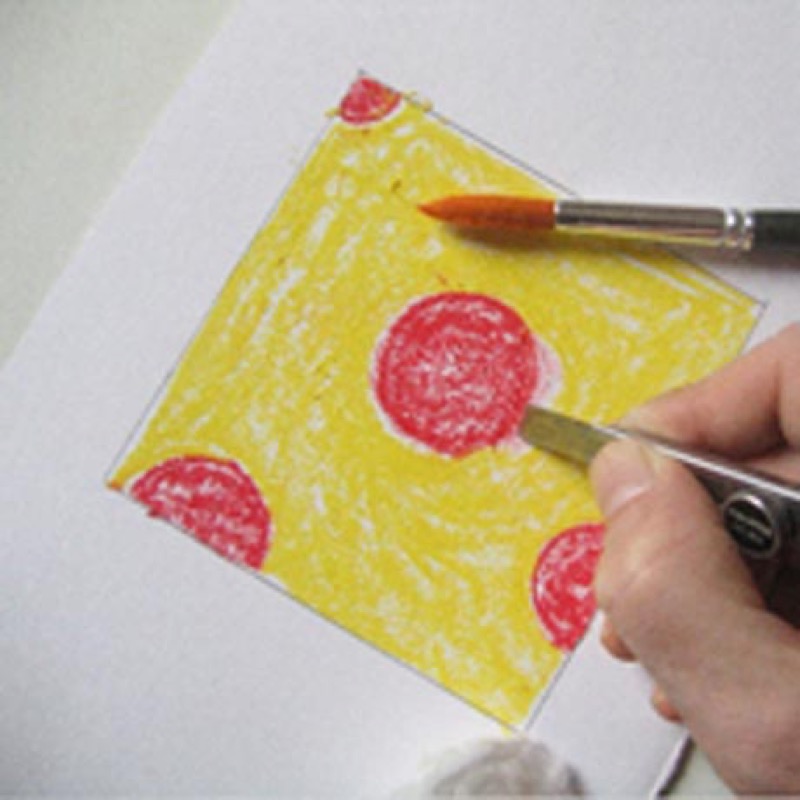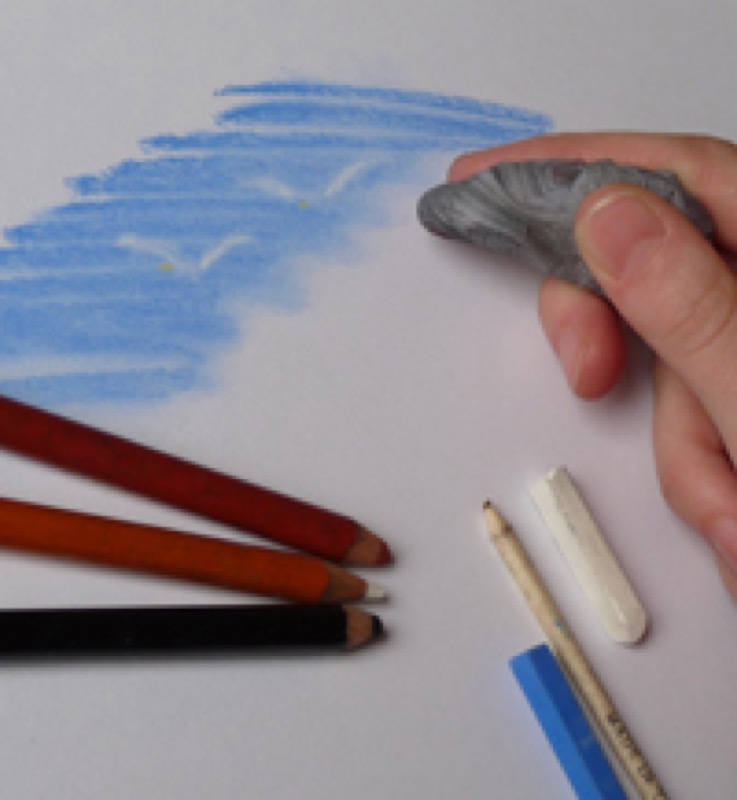The rub, with pastels, is that it isn't very easy to correct your mistakes… There are several methods for minimizing them: this will at least leave you with a surface you can rework.
What you need to know
Even though their ability to adhere is limited, pastels cannot be completely erased. Just one word of advice: Go-light-ly! Applying too much pressure will immediately make the intrusive mark look more pronounced.


